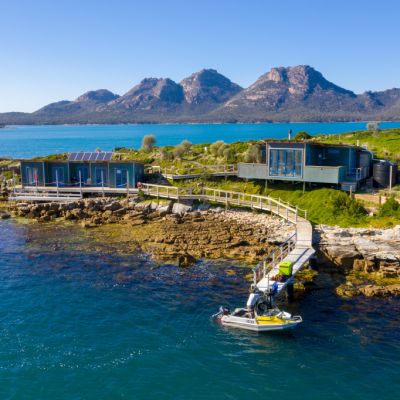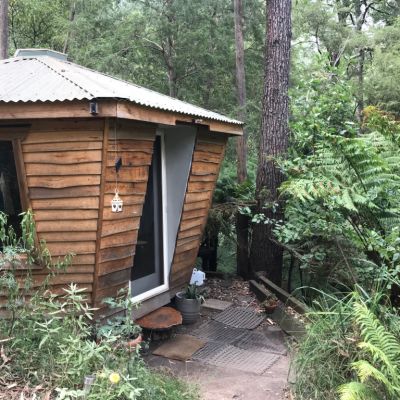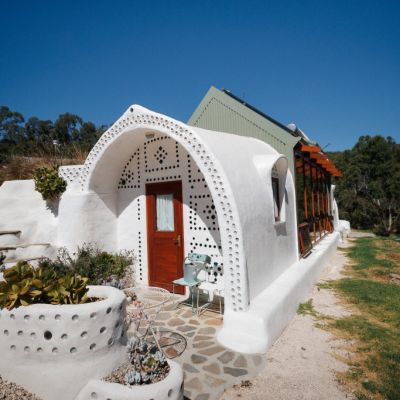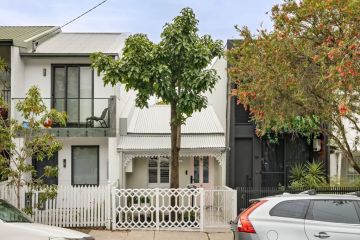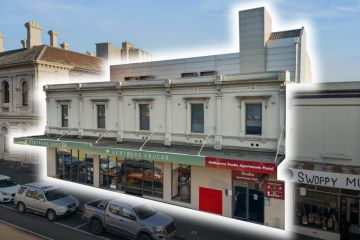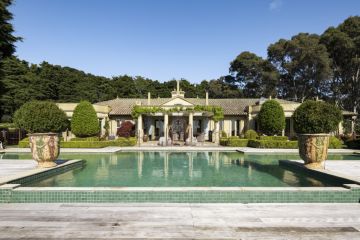'It's a great space to relax': The set designer who created an incredible treehouse
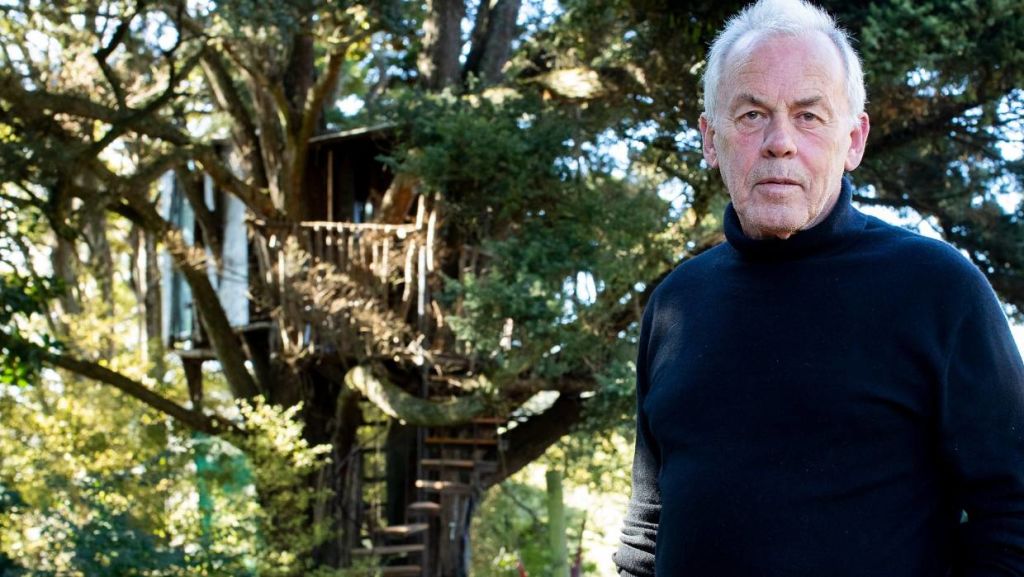
Barry Read is no stranger to projects. You could say it is his life’s work.
Read has spent the past few years designing sets for numerous movies and television series, in addition to exhibiting his paintings.
He had also been involved in architectural projects with John Britten in the 1990s, after returning to New Zealand from the UK, where he had worked on a wide range of BBC productions. Not surprisingly, Read says his latest project can be “read” as a production set too, but “with all the fantasy of childhood dreaming coupled with the practicality of fitting a structure into the dynamic form of the tree itself”.
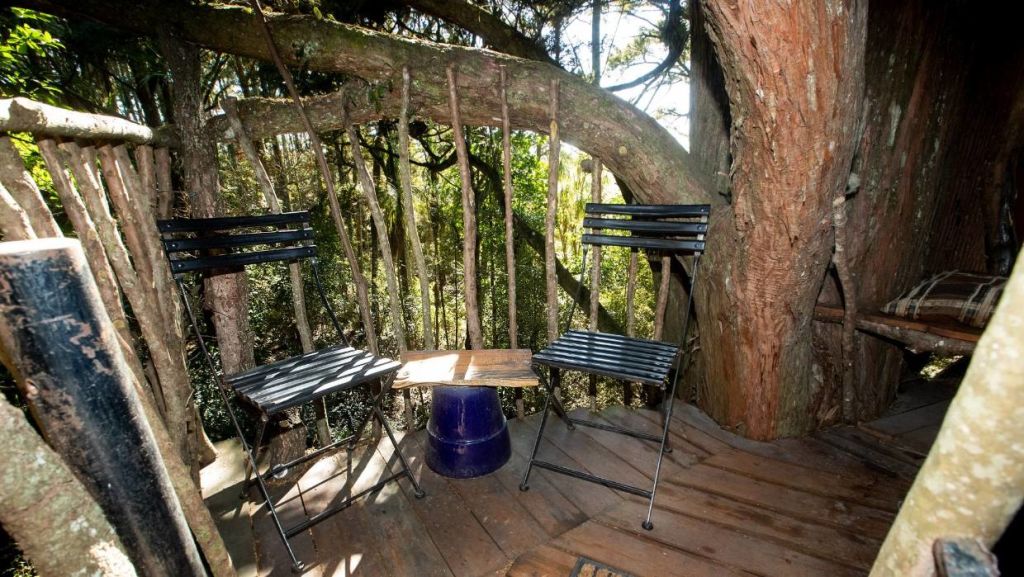
He also wanted to extend and push the idea of reusing old materials – not just to recycle them, but also to repurpose them in ways that are different from the intended original.
“So, for example, the hinges are flipped on frameless glass shower doors to provide daylight and ventilation,” he says. “A plant pot and a preserving pan become sinks, and motorbike mufflers become reading lights. A toughened glass shelf from a fridge became the skylight, to see the birds.”
The build took a total of 10 months, “because all of these ideas interested me and guided the making process”.
Read had come up with the idea after spending a week in a treehouse at the edge of a forest outside Barcelona in 2015. It was built by a “fantastically talented” Belgian/Catalan cabinetmaker, Carles. “It was a magical space, and an interesting, provoking experience,” he recalls.
Baz (as he prefers to be known) and Carles shared ideas over several meals and glasses of wine.
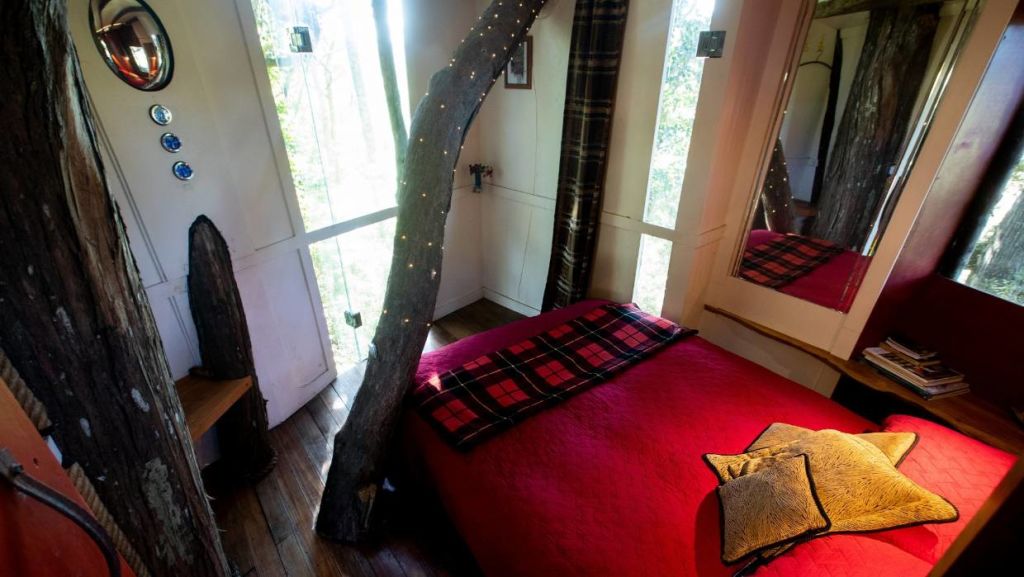
“He died not long after and I’d already been contemplating the big old tōtara here, so it began in his memory really. It was also helped along by other European friends who finally got me off the couch, thinking about it, and into actually doing it.”
Given his professional experience, Read had no doubt it could be done. It was, to him, simply a process of set construction, and texture and colour. But it was also important that it be fully integrated and in tune with the tree.
And it was important not to disturb the birds, since they were the major reason to create a space in the tree to begin with.
So all of the beams were hoisted into place with pulleys and all of the work in the tree was done with hand tools only – no screeching saws. The roof framing is from curved branches to allow for flexing as the tree moves and the corrugated steel is laid on the ‘”cross”, the bias in costume/sewing terms. This allows flex in both directions. Read pre-formed and pre-painted the wall panels before they were put into place.
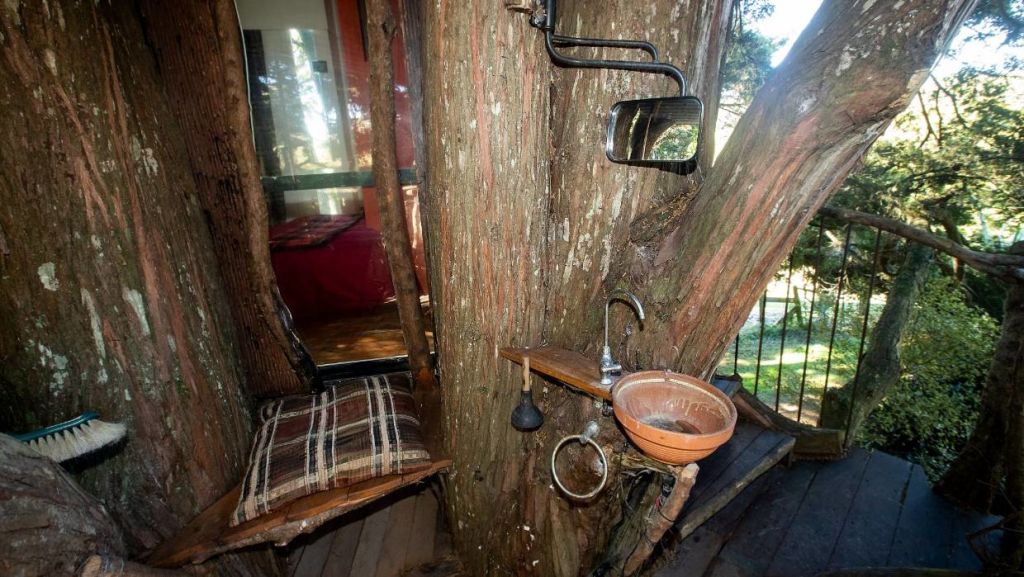
The exterior treatment was produced by cutting into a foam roller to create a linear form, similar to the bark of the tōtara itself. The interior focus wall and door finish was five translucent layers of paint and glaze painted impasto (a technique where paint is laid in thickly enough to allow brush or painting-knife strokes to be visible) over a black base. The end result is luminous under light.
“Once the room was formed I could focus on ‘dressing’ the space – finding fabric for curtains and cushions.
“Jon Hall, the blacksmith I’d worked with on a film, came out and looked at the door. I wanted him to make the door handles and gave him sketches and a branch from the tree. In response he created fantastic, textural pieces that are tactile when opening the door.”
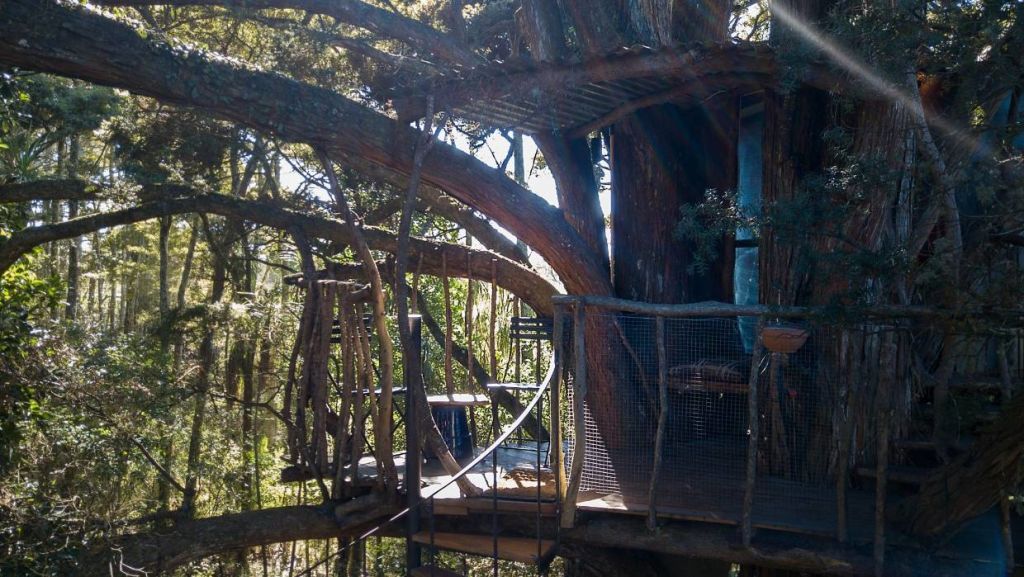
And rather than be frustrated by the lack of wifi signal up the tree, he loves it.
“It’s a great space to relax and unwind with no interruption except for the birds and the occasional possum when we sleep up there. Friends stay and comment on the primal wonder of it. Waking to birdsong and light rather than virtual noise is such a treat. It’s a summertime space. Serene and delightful.”
It is undoubtedly a fabulous place for him to unwind and enjoy his “sort of” retirement when he is not drawing and painting. You can see more of Read’s amazing body of work on his website.
- This article originally appeared on stuff.co.nz
We recommend
We thought you might like
States
Capital Cities
Capital Cities - Rentals
Popular Areas
Allhomes
More
